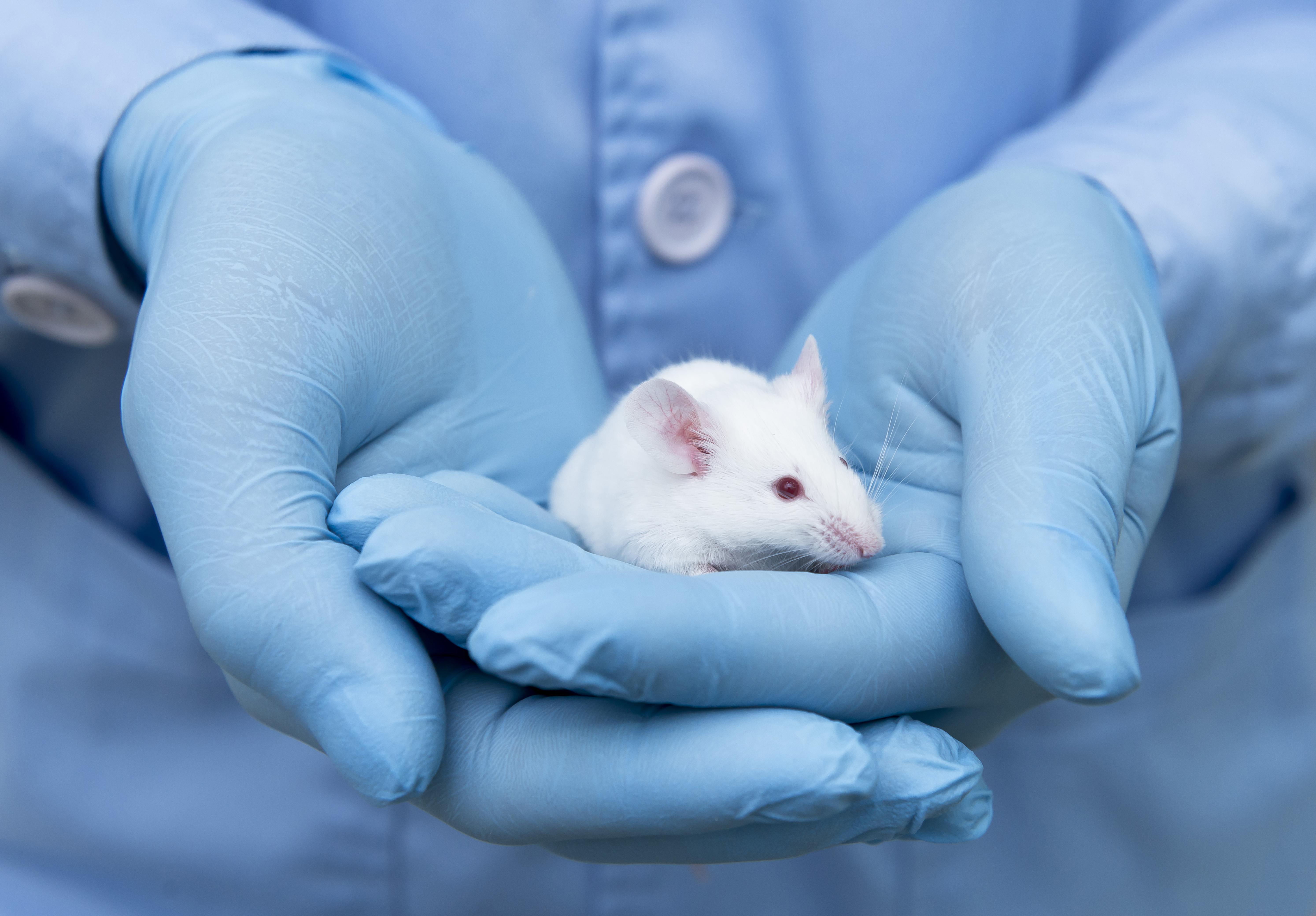
Animal research has accompanied psychedelic science since its inception, and it still produces troves of data. Scientists opting for animal studies face an essential question: What dose is appropriate for that particular study, substance, and species? Amongst ourselves, human beings can usually get away with dosing based on body weight.1 But with lab animals – usually mice or rats – it’s not that simple, and getting the dose right is imperative for conducting meaningful research.
So, how much LSD – for example – does one give a mouse?
Size Isn’t Everything
Consider a recent mouse study in which the authors gave their furry test subjects 50μg/kg of LSD, or about 1μg for an average twenty-gram mouse.2 This dose is common in research and is considered low for mice (although it was enough to reduce their alcohol consumption).2,3 But when scaled up to a human dose based on weight, it would be about 3 milligrams – up to 30 times the hallucinogenic dose researchers usually administer to human participants4–6. No scientist has ever given people anywhere near that much, and with good reason.
But those mice were not receiving massive overdoses of LSD. Smaller animals have higher metabolic rates, and therefore need higher doses relative to their weight.1 Since a mouse’s system processes some substances more efficiently than a human’s, a smaller percentage of the dose is available to affect the body. The inverse is also true: larger animals need smaller doses relative to their weight. This may explain the death of the moderately famous elephant Tusko in 1962 after scientists mistakenly assumed his sensitivity would resemble a rodent’s and injected him with 297mg of LSD.7
Scientists can more closely guess a drug’s effective dose if they calculate based on body surface area, instead of simply weight.1 Still, this yields only a vague estimate because it cannot account for differences in physiology and brain chemistry between species.1 The psychedelic compound psilocin, for example, has a lower affinity for the 5-HT2A receptor in rats than in humans.8 5-HT2A is the primary receptor responsible for the effects of classical psychedelics, so calculating a rat-sized dose of psilocin (or its prodrug, psilocybin) based on body surface area would give an underestimate.9 The same may be true for other psychedelics and other species, but research is far from complete.
And all this complexity already results from dealing with a single compound. It’s even more difficult to figure out a dose when it comes to research on naturally-occurring sources of psychedelic compounds, such as plants and fungi. These organisms contain a cocktail of compounds that may interact with each other, producing the so-called entourage effect. As soon as two or more compounds enter the scene, scientists must not only account for the individual substances, but also for their interactions.
So where might scientists turn now? Calculating doses using weight or body surface area is too imprecise, and accounting for dozens of imperfectly understood physiological parameters is too complex. But one could still try asking the mouse.

unoL / Shutterstock
The Lever on the Left
Although animals will never give detailed trip reports, they can be trained to announce whether they feel differently than usual. This is called a drug discrimination task.3 In the simplest protocol, the animal – often an unsuspecting mouse – receives an injection containing either a drug or a placebo. After drug injection, the mouse receives a tasty reward when it pushes a lever on the left side of its cage. After the placebo, it only gets a reward for pushing a different lever on the right. If the dose is high enough for the mouse to feel a difference between drug and placebo, it will be able to learn this task and push the “correct” lever more than 50% of the time.
Discrimination data is available for many drugs and laboratory animals, aiding scientists in calculating appropriate doses. Mice are able to discriminate between LSD and a placebo at doses of 170-200μg/kg or more10,11 At doses of 300μg/kg and higher, the mice are no worse at the task, but seem to keep forgetting about the levers (for some reason).10 Lamentably, one cannot actually prove that an animal is hallucinating – or having any other specific experience. Discrimination tasks can only show whether the animal feels different. They are blunt tools, but they are also one of the few ways to study subjective drug effects in animals at all.3
Curiously, scientists observe striking physical effects at lower doses than animals can detect in discrimination studies. At LSD doses of around 53μg/kg, mice begin to rapidly move their heads from side to side.12 Other psychedelics elicit the same reaction, formally called the head twitch response (HTR), and it is specific enough that scientists use it to identify 5-HT2A agonists. And mice are not the only species to consistently show behavioral tics in response to psychedelics: rats, cats, monkeys, and other mammals have them, too.12
Scientists aren’t sure why psychedelics elicit these stereotyped behaviors, and their absence in humans is puzzling. Despite that mystery, the HTR is a highly reliable way of dosing hallucinogens in animals, and it correlates well with psychedelics’ potency across species.13 Although psychedelics also reliably alter other behaviors – the startle response, for example – none of these are as simple to measure as the HTR, which requires no special equipment beyond a scientist’s eyeballs.
Conclusion
How much LSD does one give a mouse? As with humans, it depends on what the dose needs to achieve. LSD already changes a mouse’s behavior at doses of around 1μg, including in pre-clinical studies on alcoholism. However, the lowest dose that mice seem to subjectively notice is over thrice that much, and other psychedelics show similar patterns.3 If shooting for this threshold dose, one would give a mouse about 4μg. At 7μg and above, they seem to care less about food rewards and lever-pushing. And the upper bound of a physiologically safe dose for mice is at least a whopping 1200μg.14
So, where in that vast range of possible doses could one claim that mice start to “trip”? Do mice hallucinate, feel euphoric, or misplace an ego? Unfortunately, no matter how much LSD they give a mouse, scientists may never really know. Contending with ambiguity is baked into their profession.

Seguo con passione questi articoli sono approfondimenti utili che arricchiscono il sapere